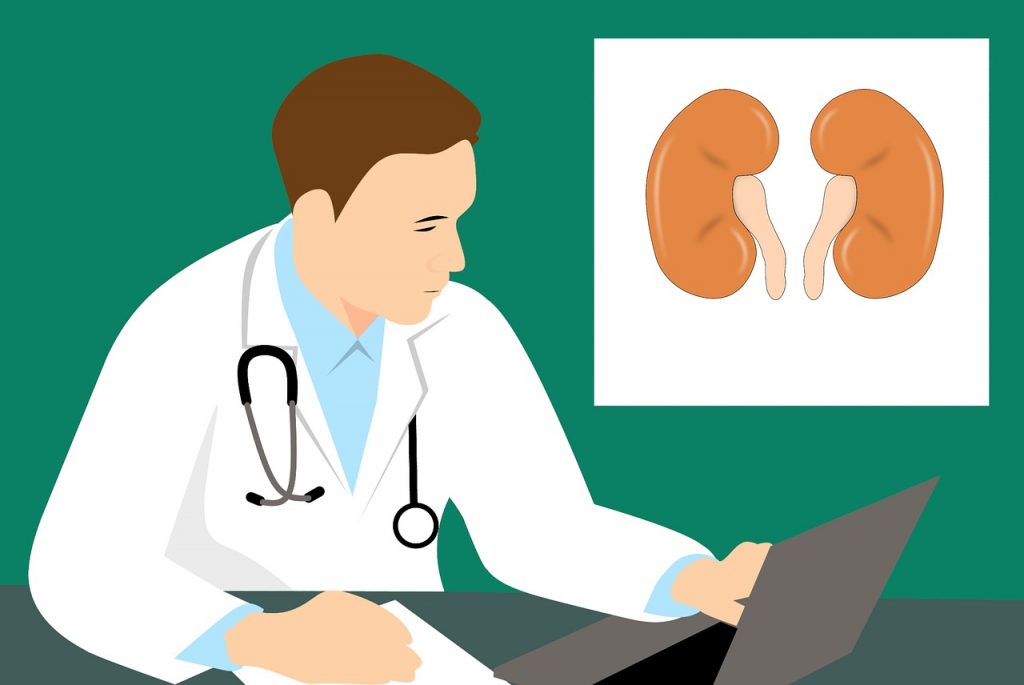This study aims to assess the short-term effects of the FX-class Dialyser on quality of life and inflammatory markers in stable haemodialysis patients with chronic kidney failure.
Official Title
Short-Term Effects of the FX-Class of Haemodialyser on Quality of Life and Inflammatory Markers in Stable Dialysis Patients.
Conditions
Kidney Failure, Chronic
Study Type
Interventional
Study Design
Treatment, Randomized, Open Label, Active Control, Crossover Assignment, Efficacy Study.
Further Details
Primary Outcome Measures:
- KD-QOL
- Feeling Thermometer
Secondary Outcome Measures:
- IL-6
- TNF-alpha
- hs-CRP
- white cell count
Study Start
February 2006; Study completion: December 2006
Eligibility & Criteria
- Ages Eligible for Study: 18 Years and above
- Genders Eligible for Study: Both
Inclusion criteria:
- Age >18years
- Able to provide informed consent
- On haemodialysis for 3 months
Exclusion criteria
- Active inflammatory, infective or neoplastic process within the last 1 month
- Active major psychiatric condition
- Currently on haemodiafiltration as haemodialysis modality
- Joondalup Health Campus Satellite Renal Dialysis Unit, Shenton Avenue, JOONDALUP, Western Australia, 6050, Australia, Ph:08 9400 9360
- Sir Charles Gairdner Hospital Renal Dialysis Unit, Hospital Avenue, NEDLANDS, Western Australia, Ph:08 9346 2799
Total Enrolment
50
Contact Details
All content and media on the HealthEngine Blog is created and published online for informational purposes only. It is not intended to be a substitute for professional medical advice and should not be relied on as health or personal advice. Always seek the guidance of your doctor or other qualified health professional with any questions you may have regarding your health or a medical condition. Never disregard the advice of a medical professional, or delay in seeking it because of something you have read on this Website. If you think you may have a medical emergency, call your doctor, go to the nearest hospital emergency department, or call the emergency services immediately.







